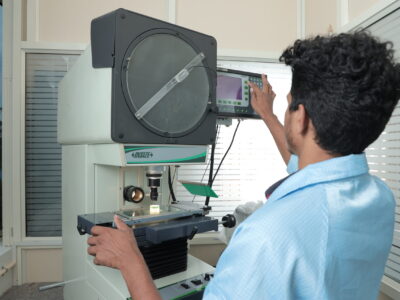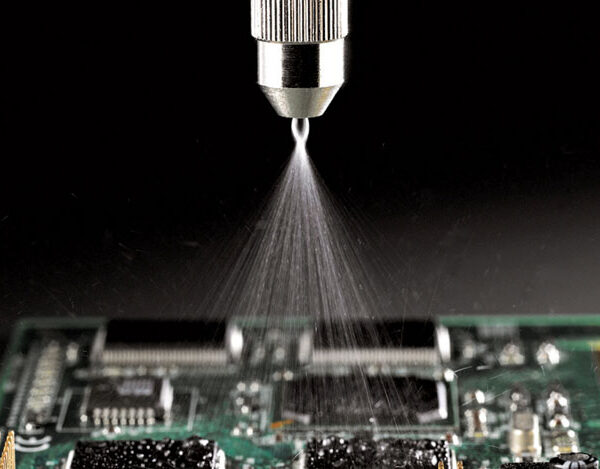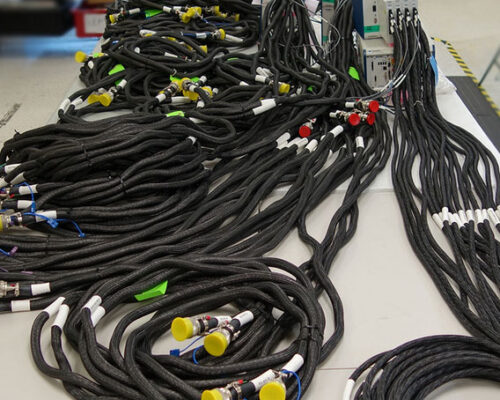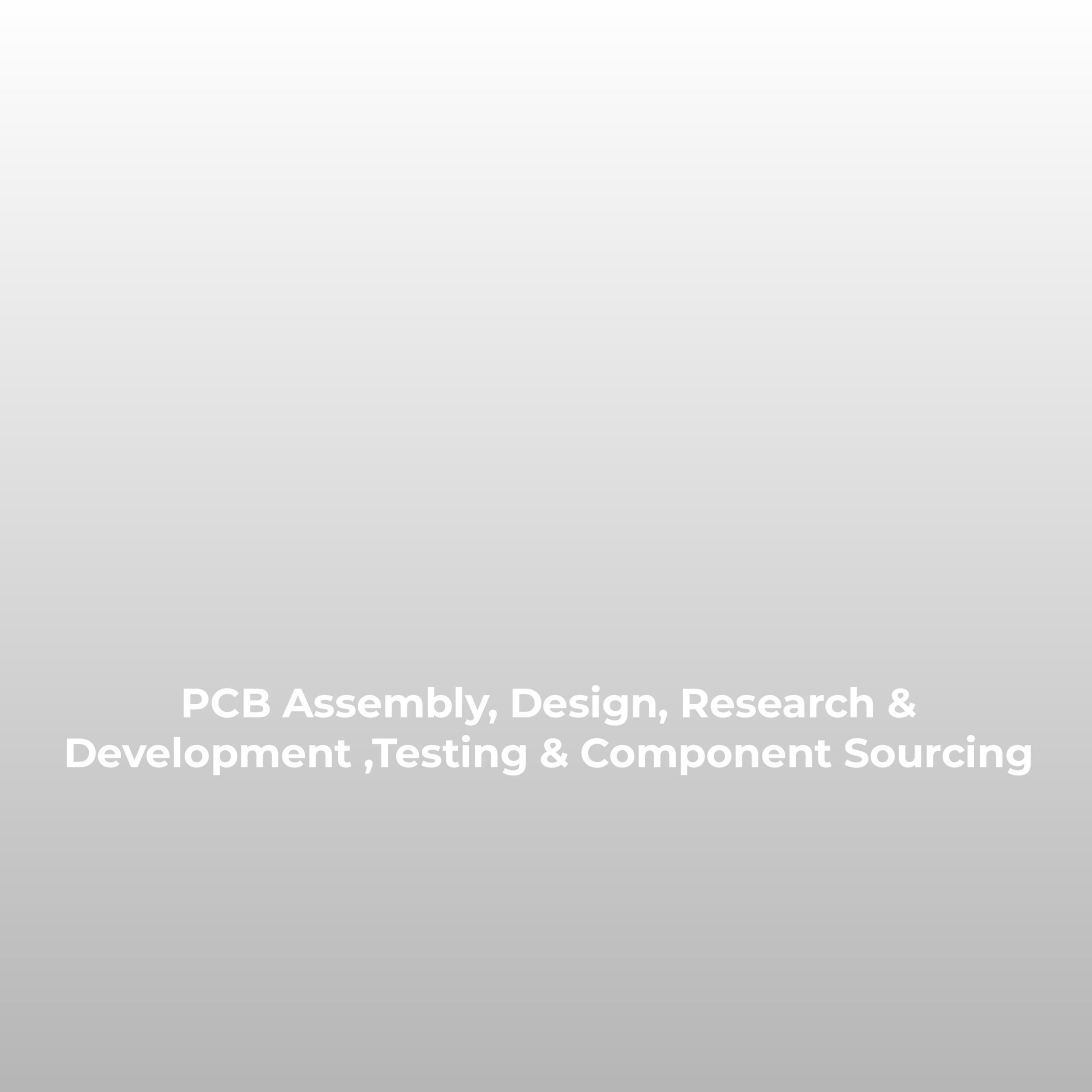MICROSECTION
We can proudly assert that we are the only one service provider in Micro sectioning of PCB coupons in Kerala.
Microsection is the most important segment to ascertain the quality of a Printed Circuit Board. PCBs are made with a vertical and horizontal coupon on either side of the PCB at the time of manufacturing. These coupons are separated for analyzing the quality of a particular PCB.
Through Microsection analysis, we can find out major defects occurred if any that might could happen inside the PCB are epoxy delamination, resin recession, resin crack, basic copper crack, laminate void, measling etc.
ross-sectioning at any stage of production.

CONFORMAL COATING
Conformal coating material is a thin polymeric film which conforms to the contours of a printed circuit board to protect the board’s components. Typically applied at 25-250 μm (micrometres) thickness, it is applied to electronic circuitry to protect against moisture, dust, chemicals, and temperature extremes.
Coatings can be applied in a number of ways, including brushing, spraying, dispensing and dip coating. Furthermore, a number of materials can be used as a conformal coating, such as acrylics, silicones, urethanes and perylene. Each has their own characteristics, making them preferred for certain environments and manufacturing scenarios. Most circuit board assembly firms coat assemblies with a layer of transparent conformal coating, which is lighter and easier to inspect than potting.

HARNESS PREPARATION
Cable harnesses are usually designed according to electrical requirements mainly comes in telecommunication and defence applications. A diagram is then provided (either on paper or on a monitor) for the assembly preparation and assembly.
The wires are first cut to the desired length, usually using a special wire-cutting machine. After this, the ends of the wires are stripped to expose the metal (or core) of the wires, which are fitted with any required terminals or connector housings.
In spite of increasing automation, hand manufacture continues to be the primary method of cable harness production in general, due to the many different processes involved, such as:
- Routing wires through sleeves,
- Taping with fabric tape, in particular on branch outs from wire strands,
- Crimping terminals onto wires, particularly for so-called multiple crimps(more than one wire into one terminal),
- Inserting one sleeve into another,
- Fastening strands with tape, clamps or cable ties.

TEST AND EVALUATION
When quality matters, we have to test whether it is up to standards and specifications. Here we are capable to do test and evaluation of avionics, telecommunication and defence packages from third parties.


